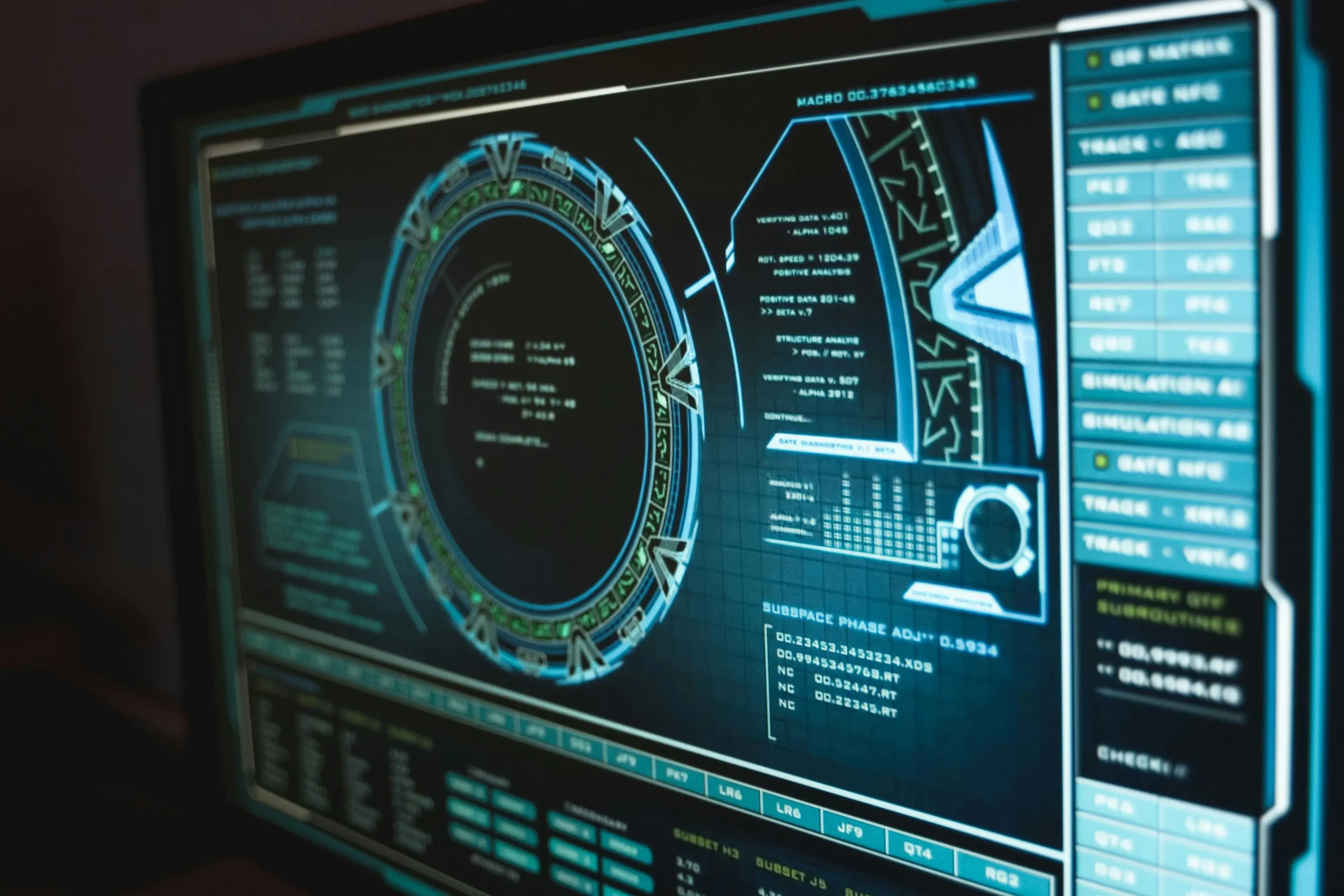HiNa Battery Technology is pioneering sodium-ion battery production as a sustainable alternative to lithium-ion batteries, which are subject to supply chain bottlenecks as lithium refining is concentrated in China, Chile, and Argentina. Sodium, being more abundant and widely extractable from seawater and salt deposits, offers a promising route to reduce dependency on limited minerals. The company’s batteries are already powering energy storage plants and electric mopeds in China.
Sodium-ion batteries have advantages such as faster charging and better performance in cold environments but suffer from lower energy density compared to lithium-ion batteries, making them less suitable for long-range electric vehicles. HiNa is working on technological innovations to improve energy density, currently achieving 165 Wh/kg, about 80% of a standard lithium iron phosphate battery. Despite the potential, sodium-ion batteries face commercial challenges due to higher costs and competition from lithium-ion makers like CATL and BYD entering the sodium market.
The company targets growth areas such as heavy trucks and energy storage in China, with plans to launch a fast-charging sodium-ion battery for trucks capable of full charge in 20 minutes. Success in these sectors may reduce carbon emissions and stabilize energy grids, but HiNa must deliver better cost-performance ratios to expand market share. The global sodium-ion battery market remains uncertain but could play a key role in decarbonization and supply chain diversification.
👉 Pročitaj original: MIT Technology Review





